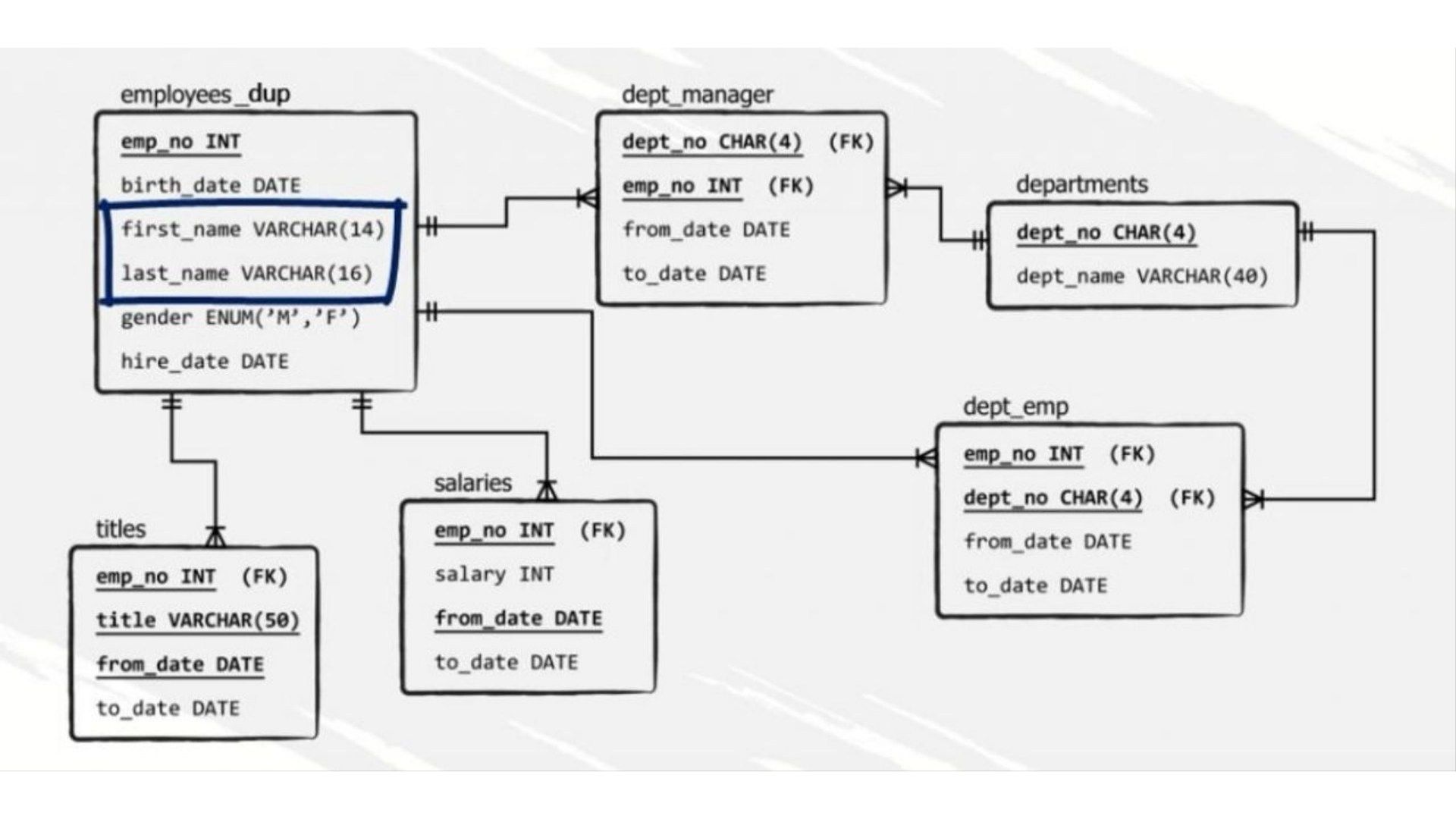Mastering SQL: From Fundamentals to Advanced Techniques
Working of Correlated SubQueries in SQL

Overview
In this article, we shall learn about correlated subqueries in SQL. A correlated query is a query nested within another query, such that the outer query is dependent upon the result produced by the inner query after its execution.
Scope
In this article we shall LEARN ABOUT:
- SQL correlated subquery in WHERE clause.
- Example of SQL correlated subquery in SELECT clause.
- SQL correlated subquery with EXISTS operator.
SQL correlated subquery in WHERE clause
Let us first create a database and a table in it for use throughout this article.
write your code here: Coding Playground
Now let us have a look at the code block example below to understand how correlated subquery can be used in a WHERE clause:
Output
+----+-------------+--------+----------------+-----+
| ID | NAME | SALARY | MARITAL_STATUS | AGE |
+----+-------------+--------+----------------+-----+
| 3 | SOLDIER BOY | 800000 | 1 | 100 |
+----+-------------+--------+----------------+-----+
1 row in set (0.001 sec)
Working
- The inner query returns the average of the salaries of all the entries in the test table.
- The outer query makes a comparison of each row in the test table.
- If for a given row, its salary is greater than the average, its column values are printed.
SQL correlated subquery in SELECT clause
Let us have a look at the code block ahead to better understand the working of correlated subqueries within a SELECT clause.
Output
+--------+--------------------------------+
| SALARY | DIFFERENCE_WITH_AVERAGE_SALARY |
+--------+--------------------------------+
| 10000 | -222500.0000 |
| 100000 | -132500.0000 |
| 20000 | -212500.0000 |
| 800000 | 567500.0000 |
+--------+--------------------------------+
4 rows in set (0.000 sec)
Working
- The inner query returns the average of the salaries of all the entries in the test table.
- The outer query calculates the difference between the average salary and the current row’s salary.
- The computed result is printed, along with the original salary from the row.
SQL correlated subquery with EXISTS operator
Output
+-----+----------------+
| AGE | MARITAL_STATUS |
+-----+----------------+
| 40 | 1 |
| 100 | 1 |
+-----+----------------+
2 rows in set (0.000 sec)
Working
- The code above simply prints the salary and age of throws rows that are “qualified”!
